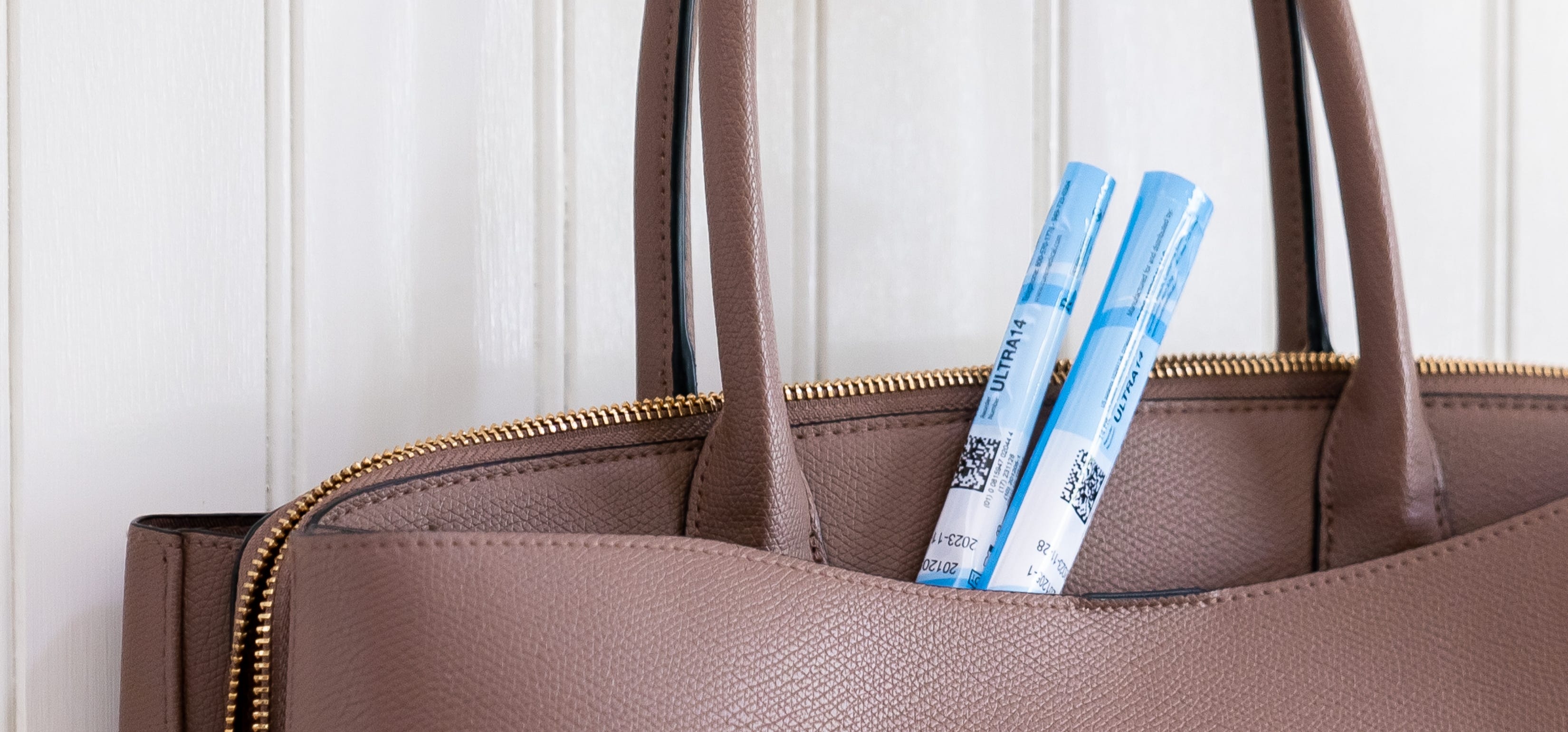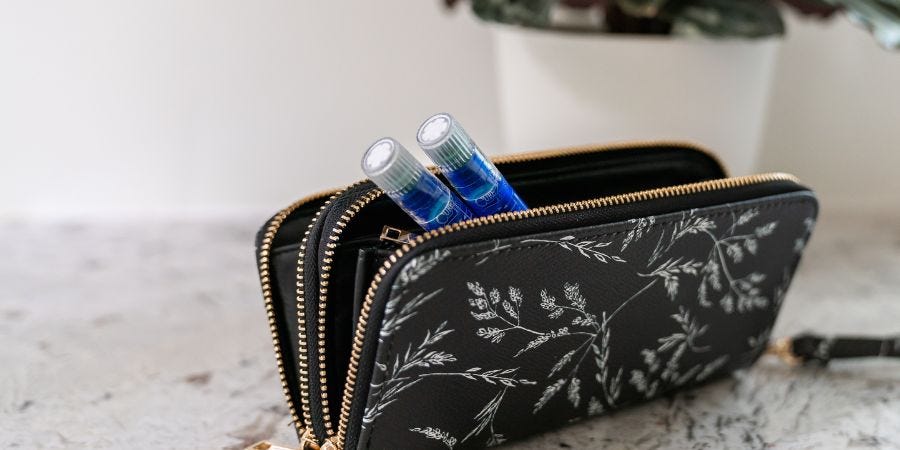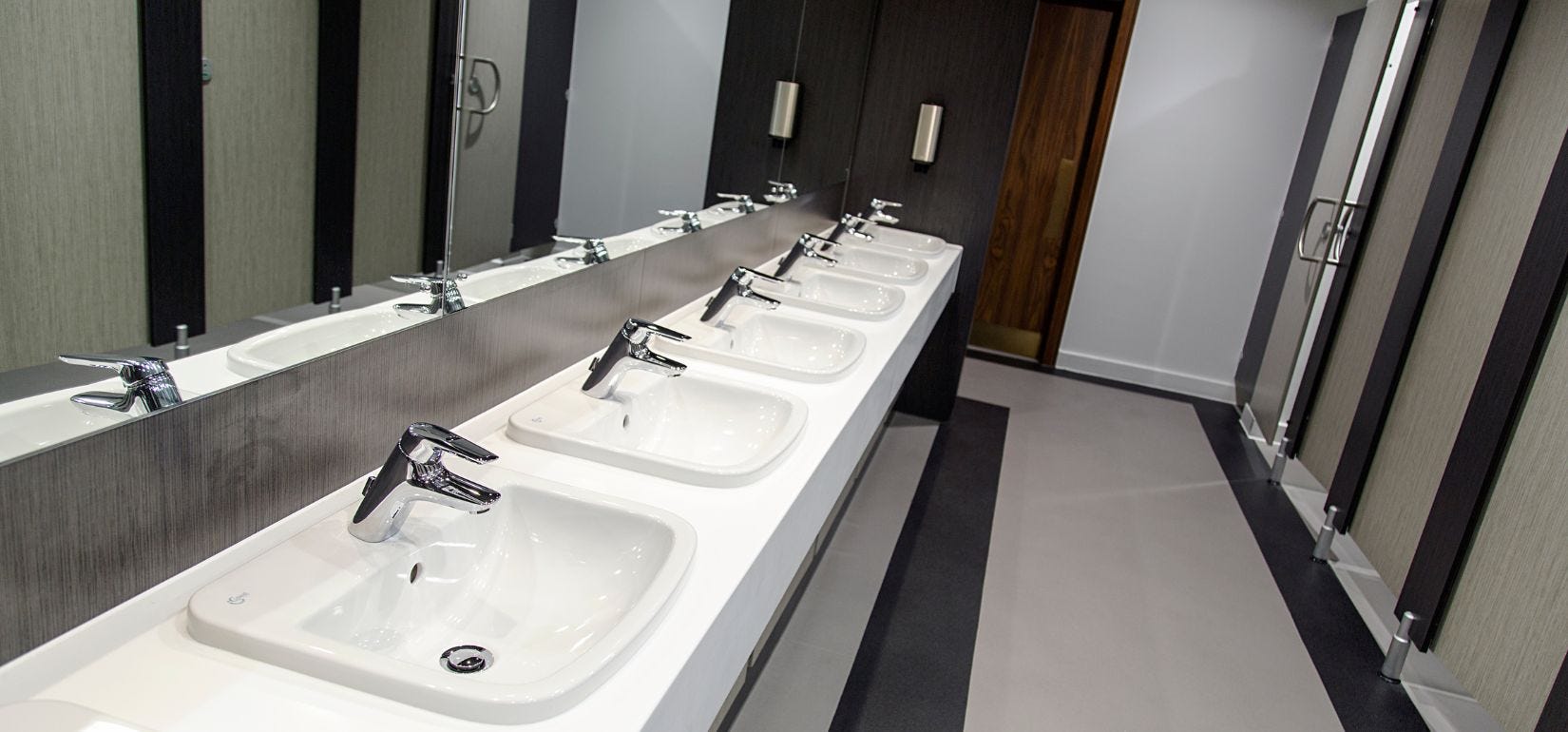Catheter Bag Care
Urinary drainage bags, like urinary catheters themselves, are delicate pieces of medical equipment. Due to their intimate contact with equally delicate parts of the human body, very strict hygiene regimens need to be practiced when emptying, changing, or doing any other maintenance with your catheter.
Importance of Drainage Bag Care
For those who may be adjusting to using urinary incontinence products such as a catheter system, one of the greatest challenges can be proper, hygienic use, and care of your medical devices. If catheter users do not practice proper catheter care and hygiene, they can be at a higher risk of developing urinary tract infections (UTIs) as well as other complications.
One of the most integral parts of a catheter system that requires frequent care and maintenance is the urine drainage bag and drainage system. Drainage bag care can be very simple, but it is essential to the overall health and well-being of the catheter system and its user.
Catheters Through Insurance
Aeroflow Urology is able to provide a wide range of catheter types (indwelling catheters, suprapubic catheters, Foley catheters, etc.) through insurance. We provide high quality brands such as Bard, Cure, Hollister, and Coloplast at up to 100% coverage. Aeroflow will ship your catheters and catheter supplies each month, straight to your door.
Check Your Eligibility
In 2 easy steps!
Discover the catheter supplies covered by your insurance.
How Often Should a Catheter Bag Be Changed?
With proper cleaning techniques in mind, it is also important to inspect your catheter bag daily for the appearance of any discoloration or other signs of reduced integrity. If the catheter bag begins to show signs of wear and tear, a new bag should be placed immediately. However, a good rule of thumb is to replace the drainage bag monthly. If you notice your bag has turned purple, you may have Purple Urine Bag Syndrome, and should visit your healthcare provider to rule out an infection.
Wash Your Hands Thoroughly
First and foremost, it should be noted that individuals need to thoroughly wash their hands both before and after emptying the drainage bag or handling any of the catheter equipment such as the drainage tube or the catheter itself. It is good practice to wash your hands with soap and warm water for 20 seconds (roughly the length of the "happy birthday" song, twice). This will ensure that the urine collection bag remains uncontaminated by bacteria or foreign matter. This can also help prevent catheter-associated urinary tract infections (CAUTIs) from occurring.
Empty the Drainage Bag Frequently
One of the most important factors in drainage bag care is the frequency in which the user empties the bag. As the drainage bag becomes more full, its weight and mass consequently increase. This increase, in turn, produces a greater degree of stress on the user's urethra, which can very quickly become uncomfortable.
If a leg bag isn't changed frequently enough, the bag can become overfull. This can make it challenging to empty without spilling urine and can disrupt urine drainage from the catheter. In short, it is important that catheter users are mindful of how full their drainage bags become. For most individuals, it is good practice to not allow the drainage bag to become more than half full – depending on the size of the bag. Larger bags will have a different standard than smaller bags. Your healthcare provider will let you know what your limit is on your drainage bag for your particular type of catheter.
Location Matters
It is very important to keep your urinary drainage bag below the level of your bladder or waist. This will prevent the urine flow from leaving the bag and flowing back into the catheter and into the bladder. The user should also ensure that the pieces of your catheter system do not touch any foreign surfaces or objects, particularly the end of the catheter where the urine empties from, as this can contaminate the closed system.
Cleaning the Bag
For general cleaning, rubbing alcohol (or alcohol wipes) should be applied to any parts of the drainage bag which are required to be touched after use, particularly in the case of the spigot. For more thorough cleaning, once the bag has been emptied and is not in use, a mixture of water and bleach can be placed inside the bag – taking special care to rinse extremely thoroughly afterward.
If sanitizing your drainage bag with bleach, the ratio should be 1 part bleach per 10 parts water. In cases where the use of bleach is either impractical or considered unsafe, individuals can substitute white vinegar in a solution of 1 part vinegar to 3 parts water. When using either white vinegar or bleach, your mixture should soak within the bag for at least 30 seconds. Some providers also recommend cleaning the bag simply with hot, soapy water. Please confirm the recommended cleaning method with your personal healthcare provider.
Information provided on the Aeroflow Urology blog is not intended as a substitute for medical advice or care. Aeroflow recommends consulting with a healthcare professional if you are experiencing any medical issues.








